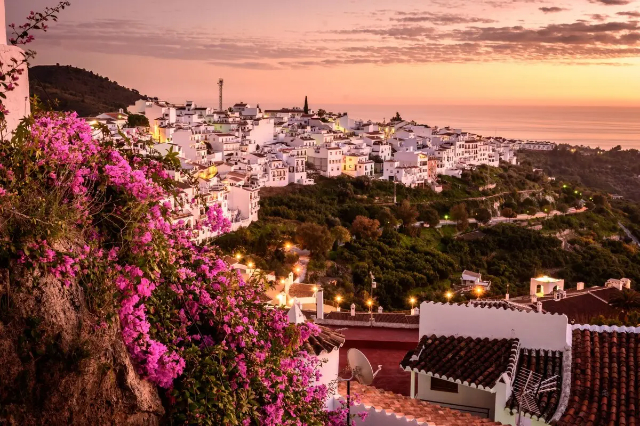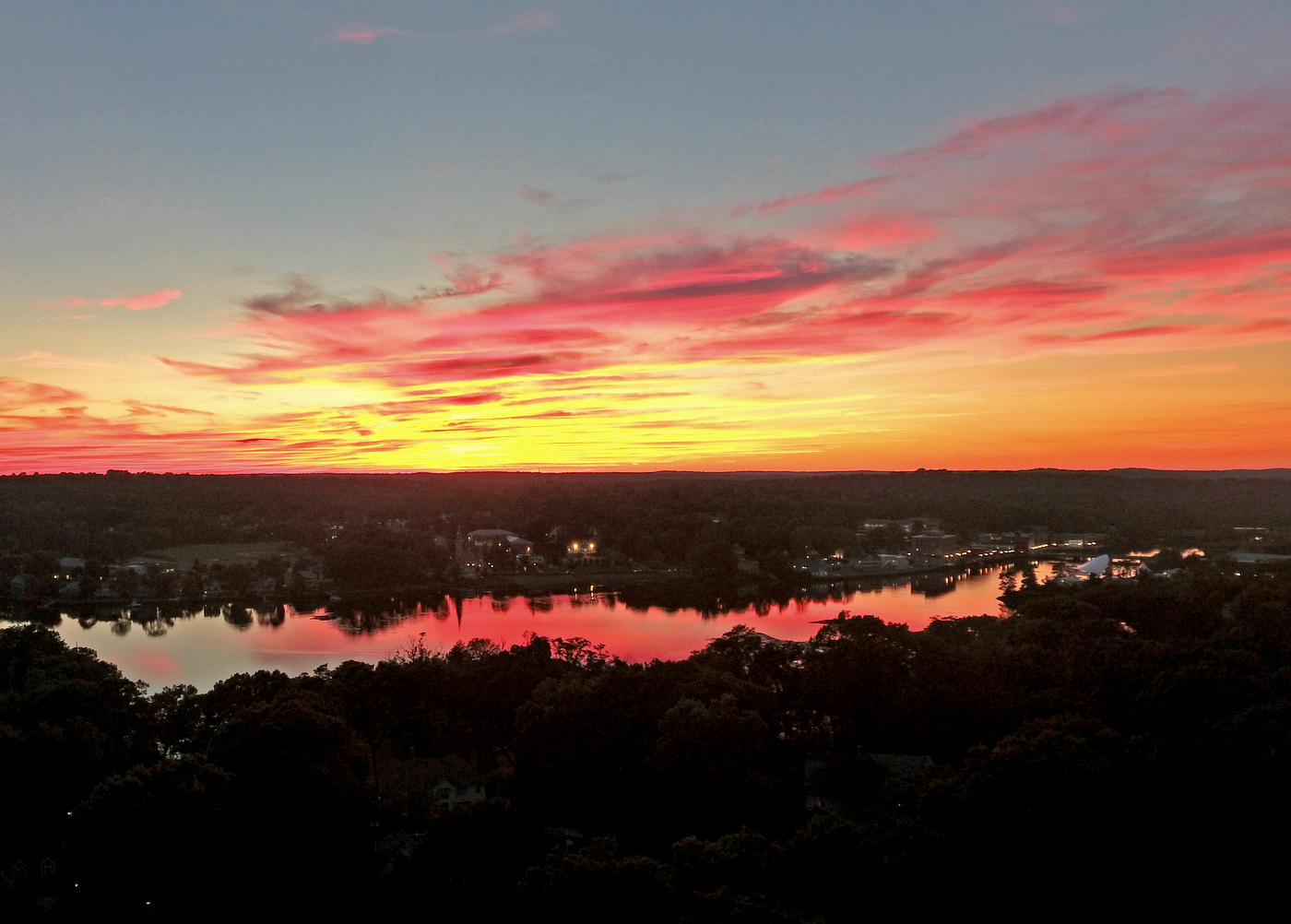The name Mercogliano seems to derive from Mercurianum and would indicate the presence in these places of possessions, praedia, of the magistrates mercuriales, the magistrates, mostly free, who administered the cult of Mercury.
Having risen there after the Samnite war a Roman colony, the place kept the name of the place where the cult of Mercury was worshipped until the Middle Ages with the name of "Castrum Mercuriani", from which the present name derives.
The place, however, until the fifteenth century also preserves in the same civic coat of arms, the image of the god Mercury. Of particular importance is a Roman military column found in Alvanella, which confirms the presence of an important road that led (and leads) to Naples.
The real foundation of Mercogliano can be traced back to the last decades of the sixth century, in conjunction with the fall of the Lombards in southern Italy. A colony of refugees from nearby Abellinum, just to escape the Lombards, occupy the hill of Mercogliano. In a short time an inhabited centre was built and slowly populated.
Mercogliano, still a farmhouse in Avellino, is mentioned for the first time in a document in 982. The development of the country continues in the year 1000 after the Norman invasion in southern Italy, which began in 1030. In that period the Castle was built. Between 1077 and 1089, as evidence of a continuous development, the old farmhouse was elevated to the rank of castle.
Mercogliano thus acquires administrative autonomy. Lord of the fortified village in 1136 was a certain Enrico di Sarno, subfeudatory of the Count of Avellino Rainulfo. In 1137, under Ruggiero II, who besieged Mercogliano occupying its castle, the Norman domination began. At that time Ruggiero II had Matilde, the wife of Count Rainulfo, locked up in the castle.
The feud was then donated by Ruggiero II to Riccardo de Aquila, who was also named in the Barons’ catalogue for the sending of some knights and armigers to the Holy Land. Several years later, Riccardo de Aquila was succeeded by Ruggiero, 1161, and Countess Pierrone de Aquila, 1183, wife of Ruggiero de Castelvetere.
The Sanctuary of Montevergine, in the village of the same name, which is the destination of numerous pilgrimages from all over Italy, especially in summer, is definitely worth a visit. Thanks to a funicular you can reach the sanctuary from Mercogliano in only seven minutes. Going backwards along the road or going down again with the funicular, you will come across another small monumental and cultural treasure: the Abbey of Loreto.
The medieval village of Capocastello instead surrounded the castle, built between 1077 and 1099 (mainly around 1089), and was protected by walls to defend against Norman attacks. Along the walls there were five gates that allowed access to the medieval village. Here you can visit the Antiquarium of Mercogliano.













